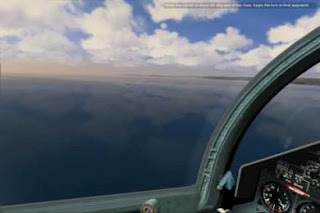AgustaWestland, a Finmeccanica company, is pleased to announce that HeliClub of Russia has placed an order for one AW139 medium twin helicopter becoming the first customer for the type in Russia. This aircraft, which adds to a Grand light twin helicopter already ordered by the company, will be used to perform corporate and passenger transport missions. Emilio Dalmasso, Senior Vice President Commercial Business Unit, AgustaWestland said "We are delighted to announce the first Russian customer for the AW139. This latest contract represents an important milestone in the long list of successes achieved by the best selling medium twin since it entered the global market only a few years ago. This accomplishment is further confirmation of the AW139's capability to meet the most stringent requirements from customers all over the world in terms of performance, technology and operational effectiveness. We are confindent that the success of the AW139 will follow that of the AW119Ke, the AW109 Power and the Grand in the Russian market."
Extensively tested in the most extreme conditions such as those encountered in Canada and in the Middle East, the AW139 meets Russian operational requirements whilst delivering the highest levels of technology, safety, flexibility and operational capability. The AW139, thanks to its outstanding features, has been identified and selected by Russian industry as the benchmark helicopter in the light medium weight category to meet various demanding civil requirements in the region. A final assembly line in Russia for the AW139 civil helicopter is to be set up and run by HeliVert, a Russian Helicopters and AgustaWestland Joint Venture. The final assembly line is aimed at satisfying the requirements of the civil markets in Russia and CIS countries primarily and - through the AgustaWestland network - for the rest of the world. An AW139 will perform a three week demonstration tour in Russia soon, visiting various areas towards Siberia, before arriving in Tyumen and Surgut regions.
Extensively tested in the most extreme conditions such as those encountered in Canada and in the Middle East, the AW139 meets Russian operational requirements whilst delivering the highest levels of technology, safety, flexibility and operational capability. The AW139, thanks to its outstanding features, has been identified and selected by Russian industry as the benchmark helicopter in the light medium weight category to meet various demanding civil requirements in the region. A final assembly line in Russia for the AW139 civil helicopter is to be set up and run by HeliVert, a Russian Helicopters and AgustaWestland Joint Venture. The final assembly line is aimed at satisfying the requirements of the civil markets in Russia and CIS countries primarily and - through the AgustaWestland network - for the rest of the world. An AW139 will perform a three week demonstration tour in Russia soon, visiting various areas towards Siberia, before arriving in Tyumen and Surgut regions.































